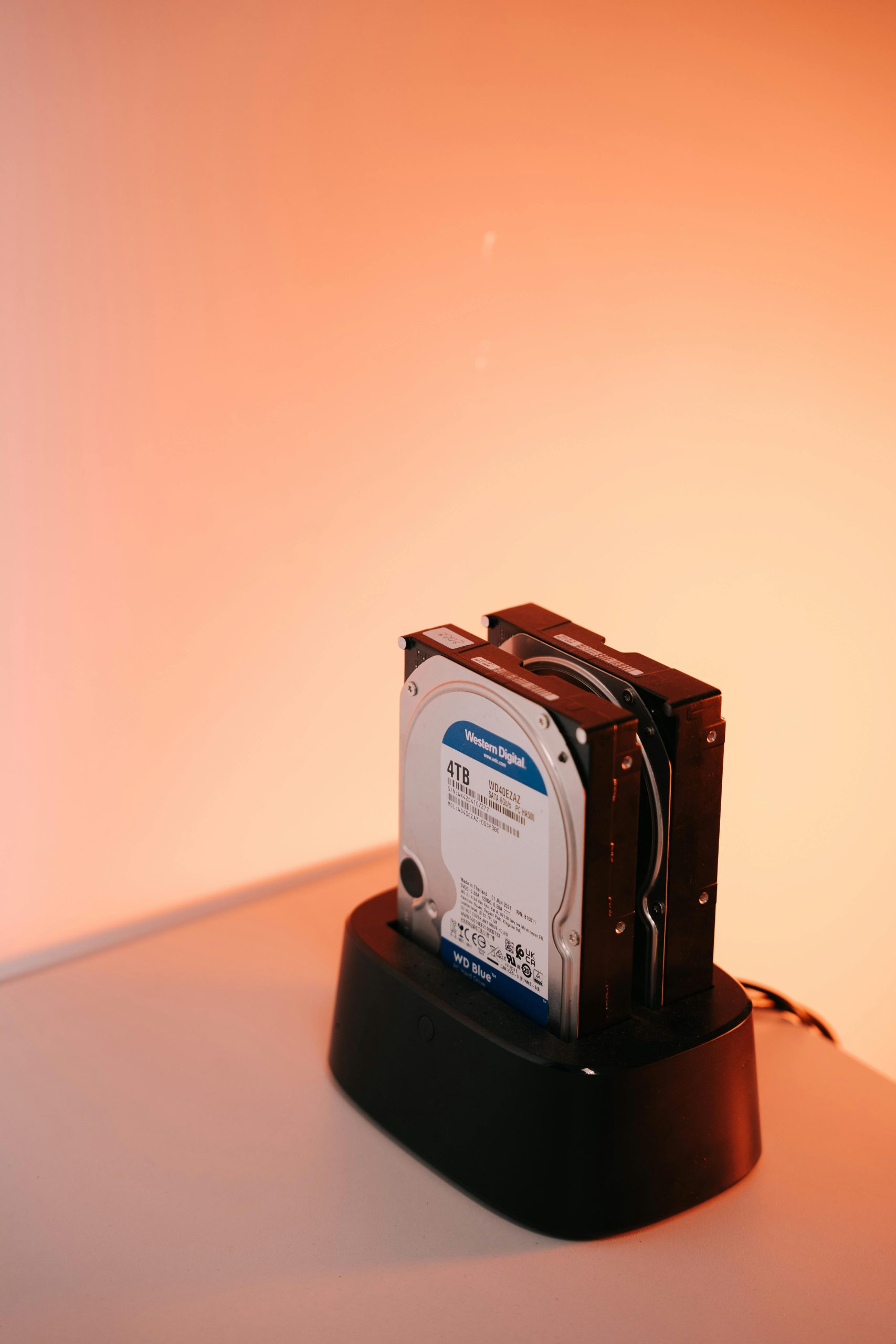Troubleshooting a Potentially Corrupted 4TB Hard Drive: Insights and Solutions
Experiencing a computer crash can be incredibly frustrating, especially when it disrupts an engaging gaming session. Recently, I encountered a troubling situation with a 4TB hard drive that appears to be on the verge of failure.
Upon restarting my computer, I noticed some alarming symptoms: as soon as I connected the hard drive, the disk write usage skyrocketed to 100%. More concerning, my system nearly crashed each time I attempted to access the drive. Despite diligently trying to back up my data and employing various repair software tools, nothing seemed to alleviate the issue.
In my search for a solution, I turned to the built-in Windows utility, CHKDSK /R, which is designed to identify and repair disk errors. As I prepared to run this command, a nagging question lingered in my mind: is my hard drive truly beyond repair?
Before assuming the worst, it’s essential to understand the steps to take when faced with a potentially corrupted hard drive. Here are some guidelines and insights worth considering:
1. Run Diagnostic Tools
Before declaring your hard drive defunct, it’s prudent to run a thorough diagnostic. Utilities like CHKDSK can help identify file system errors that may not be immediately visible.
2. Check for Physical Damage
Sometimes, hard drives may have physical issues that can lead to operational failures. Inspecting the drive for any signs of damage is crucial.
3. Consider Recovery Options
If data recovery is a priority, there are several dedicated recovery software options available. These tools specialize in retrieving data from failing drives, even when typical methods fall short.
4. Backup, Backup, Backup!
In the future, it’s wise to ensure you have a robust backup system in place. Regular backups can save you from the headache of data loss during unforeseen events.
5. Seek Professional Help
If you’re facing persistent issues and the data on the drive is critical, consider consulting with a professional data recovery service. They have the expertise and tools necessary to address complex problems.
In conclusion, while it’s easy to assume the worst when a hard drive starts malfunctioning, taking a systematic approach can often yield better outcomes. Whether your drive is recoverable or not, knowing how to navigate these issues is essential for all computer users. Stay proactive with your data management, and remember that even
Share this content:




Hi there,
It sounds like you’re facing a challenging situation with your 4TB HDD. Running CHKDSK /R is a good initial step, as it can help repair logical file system errors and mark bad sectors. However, since you’re experiencing symptoms like high disk usage and system instability, it’s important to proceed with caution.
Here are some additional recommendations:
If you need further assistance or detailed guidance on